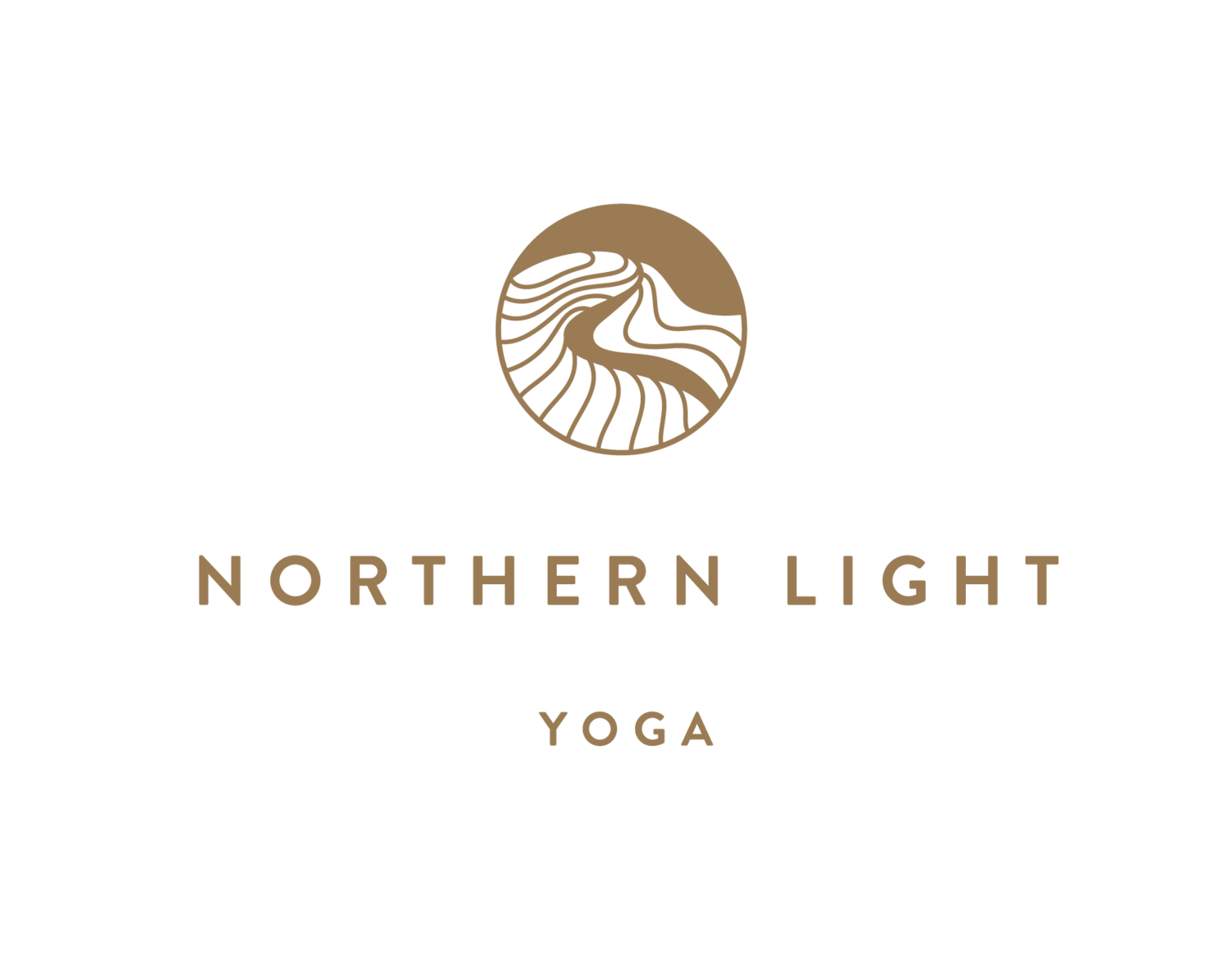The Science of Yoga and the Nervous System: How Asanas and Breathwork Impact Stress Regulation
Due to the hectic nature of life today, Stress has been a common issue and affects both mental as well as physical health. Yoga, a timeless tradition that incorporates mindfulness, movement, and breathwork, provides potent tools for calming the nervous system. Knowing about the science behind how yoga reduces stress can help us leverage the benefits of yoga to restore the sympathetic (fight-or-flight) and parasympathetic (rest-and-digest) system balance in the body.
This article will discuss the effects of yoga postures (asanas) and breathwork (pranayama) on the nervous system, effects that reduce stress and promote well-being.
Demystifying the Nervous System and Stress Reaction
The nervous system is divided into two major branches that determine how our body responds to external stimuli:
Sympathetic Nervous System (SNS): Initiates the body’s fight-or-flight response — elevating heart rate, blood pressure and cortisol.
Parasympathetic Nervous System (PNS): Stimulates rest, slows the heart rate, and aids digestion and restoration.
By chronic stress, SNS remains overactive, which causes anxiety, followed by sleep disorders and leads to chronic illnesses. Yoga moves the body toward the parasympathetic nervous system (PNS) state, countering the stress response and building resilience over time.
Which Yoga Asanas Regulate the Nervous System?
Yoga asanas assist in regulating stress by stimulating the autonomic nervous system (ANS), enhancing circulation, relieving muscle tension, and soothing the mind. Here’s how certain kinds of postures affect your stress levels:
1. Forward Folds: Relaxing (Invoking Parasympathetic Nervous System)
Asanas such as Child’s Pose (Balasana), Seated Forward Fold (Paschimottanasana) and Standing Forward Bend (Uttanasana) invite deep relaxation into our bodies and reduce the heart rate and cortisol.
Holding these postures encourages deep breaths and activates the vagus nerve, which tells the body to go into a state of calm.
2. Energizing and Releasing Tension With Backbends
Controlled activation of the sympathetic nervous system through backbends such as Cobra Pose (Bhujangasana), Bridge Pose (Setu Bandhasana) and Camel Pose (Ustrasana).
These postures open the chest and improve lung capacity and balance the effects of poor posture from stress and anxiety.
3. Detoxing and Resetting Your Nervous System with Twists
Twisting poses like Revolved Triangle (Parivrtta Trikonasana) and Supine Spinal Twist (Supta Matsyendrasana) facilitate digestion, detoxification and a retreat of the nervous system.
Twisting poses help calm the SNS and balance the PNS by promoting deep diaphragmatic breathing.
4. Allows for Rebalancing of the Nervous System
Postures like Legs-Up-The-Wall Pose (Viparita Karani) and Headstand (Sirsasana) encourage movement of blood to the brain, soothing and relaxing the mind and reducing stress.
These poses allow for lymphatic drainage and stimulate immune function, while also combating inflammation from chronic stress.
How Breathwork (Pranayama) Helps Reduce Stress
Breath control aka pranayama is the most important aspect of yoga that impacts the nervous system directly. Varying methods of breathing stimulate either the SNS or PNS, further assisting the management of emotional and physical reactions.
1. Diaphragmatic Breathing (Deep Belly Breathing) To Activate the PNS:
This method reduces the heart rate and blood pressure and sends messages to the brain ready to relax.
How to do it: Put one hand on your belly and the other on your chest. Take a deep breath in through your nose, filling up your belly, then slowly let it out through your mouth.
2. There are several breath techniques that can begin to help balance the nervous system in a very simple way.
Aids in synchronizing the left and right hemispheres of the brain and balances sympathetic and parasympathetic activity.
How to practice: Inhale through one nostril, seal it with your finger, and exhale through the other nostril. Repeat, alternating nostrils.
3. Bhramari (Bee Breath) For A Quick Reset
This Pranayama decreases heart rate and blood pressure, calms anxiety, and fosters deep relaxation.
How to practice: Take a deep breath, then hum like a bee, with your mouth closed, as you exhale, noticing if you can feel vibrations in your head and your chest.
4. Energizing and Stimulating the SNS–Kapalabhati (Skull Shining Breath)
A potent breathwork that clears cloudy thinking and fosters agility.
Best practiced in the morning, as it can be overly stimulating before sleep.
Studies of Yoga’s Effects on the Nervous System
Yoga has been shown through research to help us regulate the nervous system and manage stress:
According to a 2017 article published in Frontiers in Human Neuroscience, regular yoga practice lowers cortisol levels and boosts emotional regulation.
A study done in Psych neuroendocrinology shows that pranayama can regulate the hypothalamic-pituitary-adrenal (HPA) axis and subsequently lower the release of stress hormones.
Stress Relief with Yoga: Daily Practices for Modern Day Stresses
For the best benefits of yoga for stress relief, be consistent. Here’s how you can incorporate these practices into your day:
1. Energy & Focus Morning Routine
Start the day with gentle backbends and energizing pranayama (Kapalabhati or Nadi Shodhana) to wake up the nervous system and clear the mind.
2. Midday Reset to Get Rid of Stress
To counteract stress and mental fatigue from work, practice twists and deep belly breathing.
3. Deep Relaxation: Wind Down From the Day
End your day with forward folds, Legs-Up-The-Wall and Bhramari breathwork to shift into a stillness ready for rest.
Conclusion
Yoga is an impactful practice to help calm down the nervous system and stress. Via a combination of asanas and pranayama, we can activate the parasympathetic nervous system, reduce cortisol levels, and build lasting resilience.
And by practicing yoga in daily life, we can remain in sync with the mind and body, the peace and clarity we find is imperative in an overstimulated world.
Are you ready to discover all the benefits that Yoga has for you? You can do it by starting a Yoga and Meditation practice in our classes at Northern Light Academy in Oslo. Join us for a free trial class and discover all the benefits that these disciplines have for you!
Sign up from our website here.

